Primary care providers are often on the front lines when it comes to the initial diagnosis and management of orthopaedic problems. The University of Chicago Primary Care Orthopaedics online CME course details how to diagnose the most common conditions, with lectures and demonstration workshops covering trauma, spine, foot and ankle, pediatrics, sports medicine, upper extremity, and adult hip and knee. It will help you to better:
- Employ physical exams to help determine next steps
- Select optimal imaging modalities and interpret x-rays and MRIs
- Splint and immobilize both upper and lower extremeties
- Distinguish whether a patient should be referred to an orthopaedist
- Initiate non-operative management of common orthopaedic conditions
- And more…
This presentation was originally recorded at the 26th Annual Primary Care Orthopaedics conference, October 14-16, 2020, in Chicago, IL.
Target Audience
This activity is designed for primary care and family physicians, nurse practitioners, physical therapists, occupational therapists, athletic trainers, and other healthcare professionals dedicated to the diagnosis and management of common orthopaedic injuries and illnesses.
Learning Objectives
At the conclusion of this activity, the participant will be able to:
- Describe how to diagnose common problems in the following orthopaedic areas: trauma, spine, foot and ankle, pediatrics, sports medicine, upper extremity, and adult hip and knee;
- Distinguish patients who should generally be referred to an orthopaedist from those best treated by a primary caregiver;
- Outline how to initiate non-operative management of common orthopaedic conditions;
- Name key elements of the orthopaedic physical examination and how to employ them;
- Select the optimal imaging modalities for common orthopaedic problems;
- Analyze how a team approach to interdisciplinary care of orthopaedic problems can improve patient care.
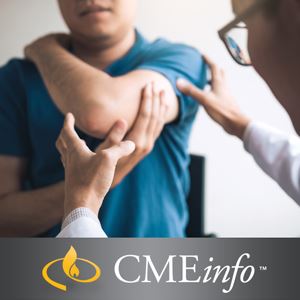
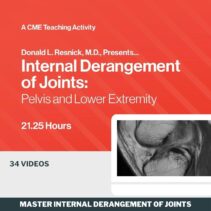
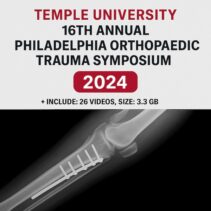

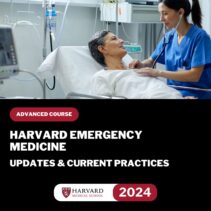
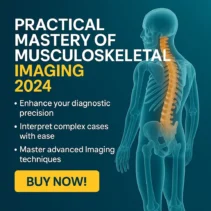
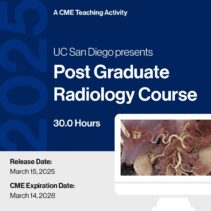

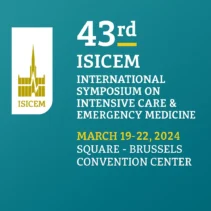

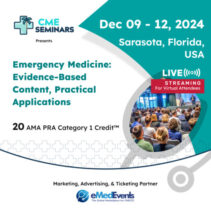
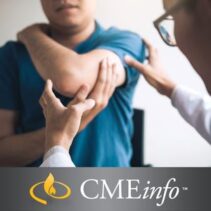
Reviews
There are no reviews yet